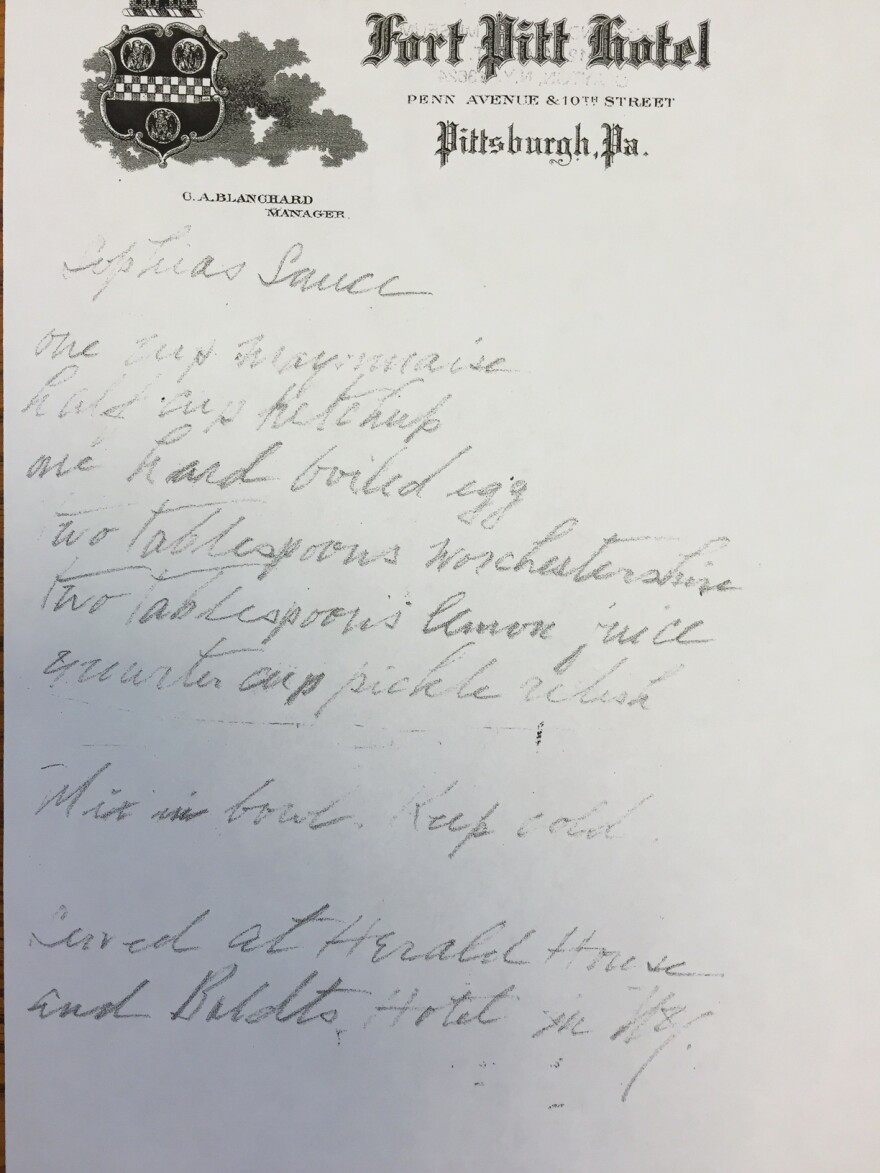Thousand Island dressing – you know it as the mix of ketchup, mayo and a few other things that tops a Reuben or many a burger. In other words, it's pedestrian fare.
But did you know its origins trace back to the highest ranks of American society?
At least, that's the tale you'll hear from boat tour guides in the Thousand Islands, a chain of islands between northern New York and Canada that are the dressing's namesake. That version of the story begins at Boldt Castle, the palatial summer home that Waldorf-Astoria owner George Boldt built for his wife, Louise, at the turn of the last century – on a heart-shaped island, no less.
According to legend, George and Louise were out for a cruise on their steam yacht, and it was time for lunch. Greens were on the menu, but the Boldts' chef forgot to bring any dressing with him onboard. So, he improvised with what was on hand — whipping together mayonnaise, ketchup, pickle relish, Worcestershire sauce and a hard-boiled egg. Voila! Thousand Island dressing was born.
But is that just a whale of a tale? Allen Benas thinks so. "If you've ever been on a tour boat, you know not all you hear is fact," he says.
Benas is a local fishing guide, and he claims he found the true, original recipe tucked away in a safe at The Thousand Islands Inn – a restaurant he purchased in 1972 in the small resort town of Clayton, N.Y. Inside was a single sheet of paper labeled "Sophia's Sauce." Sophia was Sophia Lelonde, who was married to a fishing guide at the end of the 19th century. She and her husband, George Lelonde, used to own the restaurant.

"I showed it to the cooks and said, what is it? They said it looks like a recipe for Thousand Island dressing," Benas recalls.
Benas tells an alternate history of the dressing: According to him, Lelonde used to make the dressing for her husband, who would then serve it to fishermen along the river. George Lelonde also served it to May Irwin, an actress who used to vacation in the Thousand Islands region and took fishing trips with him. Irwin was taken with Sophia's secret sauce – so much so that she convinced the Lelondes to share the recipe with her.
And who did Irwin share it with? George and Louise Boldt, says Benas.
Because Irwin, it turns out, wasn't just any actress. She was pretty famous in her day – she had the first-ever onscreen kiss — and she hobnobbed with high society.
Benas now bottles the dressing using Sophia's original recipe and sells it at a local boutique grocer. He let me sample some – it was a little sweet, with a kick provided by horseradish. "People who don't like Thousand Island Dressing like this," Benas tells me.
Chef and food historian Ben Davison says there are lots of variations on Thousand Island dressing. Mayonnaise is the base, then a tomato sauce — and outside of that, anything goes.
Davison, who is a doctoral candidate at the University of Virginia, says it's likely that both the Boldts' chef and Sophia LeLonde concocted Thousand Island dressing around the same time.
America, he explains, was experiencing a salad craze. The end of the 19th century was the dawn of the refrigerated train car era, and iceberg lettuce shipped from California had just arrived in the East Coast. Chefs were experimenting with ways to combine the lettuce with local bitter greens. (Think endives, watercress and chicory.) "Mayonnaise," Davison notes, "helps cut some of that bitterness." And tomato ketchup was already a popular condiment that many people had on hand. (Russian dressing, a very close condiment cousin of Thousand Island, was also invented during this time period.)
Today, Davison says, Thousand Island dressing is no longer associated with the culinary elite. He says: "You know that nothing you're about to eat is good for you — bring out the Thousand Island dressing!"
Copyright 2016 NCPR

